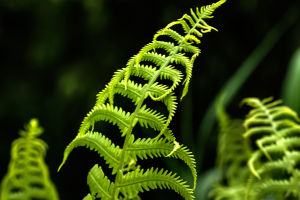The cactus is a unique landscape feature in the desert, captivating onlookers with its robust leaves and distinctive form.
Yet, among its notable features, its long spines stand out prominently.
Many individuals hold the misconception that cactus spines serve solely for self-protection. However, the reality unveils a broader spectrum of functions for these spines. They serve as survival tools and manifest as botanical artworks integral to the ecosystem's equilibrium.
Primarily, cactus spines function as tools for self-preservation. In the harsh and unforgiving environment of the desert, cacti must shield themselves from herbivores. Consequently, they have evolved long spines to deter potential threats.
These spines can penetrate an animal's skin, inflicting pain and dissuading further attempts. Moreover, they are crucial in mitigating water loss and aiding the cactus in enduring arid conditions.
Nevertheless, the utility of cactus spines extends far beyond mere self-defense mechanisms. Certain cacti species feature spines that facilitate water collection for the plant.
Cacti rely on efficient water harvesting mechanisms for survival in arid landscapes like deserts, where water scarcity prevails.
Hence, some cacti exhibit microscopic capillary structures on their spine surfaces, enabling the condensation of water vapor. Consequently, this condensed moisture drips down to the plant's roots, ensuring hydration.
Furthermore, cactus spines serve ornamental and alluring functions. Diverse in shape and size, these spines form a mesmerizing display, resembling intricate works of art.
Whether long and sharp or short and rounded, they glisten under the sun, captivating the imagination of observers. These aesthetically pleasing thorns draw the gaze of many inspiring photographers and artists alike.
Additionally, cactus spines contribute to ecosystem support. They provide refuge for many small creatures, including lizards and scorpions.
These animals seek shelter amidst the protective labyrinth of cactus thorns, evading the scorching sun and potential predators. Hence, the significance of cactus spines transcends individualistic defense, playing a vital role in sustaining ecological harmony.
In summation, cactus spines unveil a rich tapestry of functions, surpassing conventional perceptions. Beyond safeguarding the plant, they aid in water collection, serve as embellishments, and foster ecosystem diversity.
Thus, when encountering cacti in their natural habitat, pausing to contemplate the intricacies of their spines unveils a myriad of enigmatic narratives and captivating wonders.


